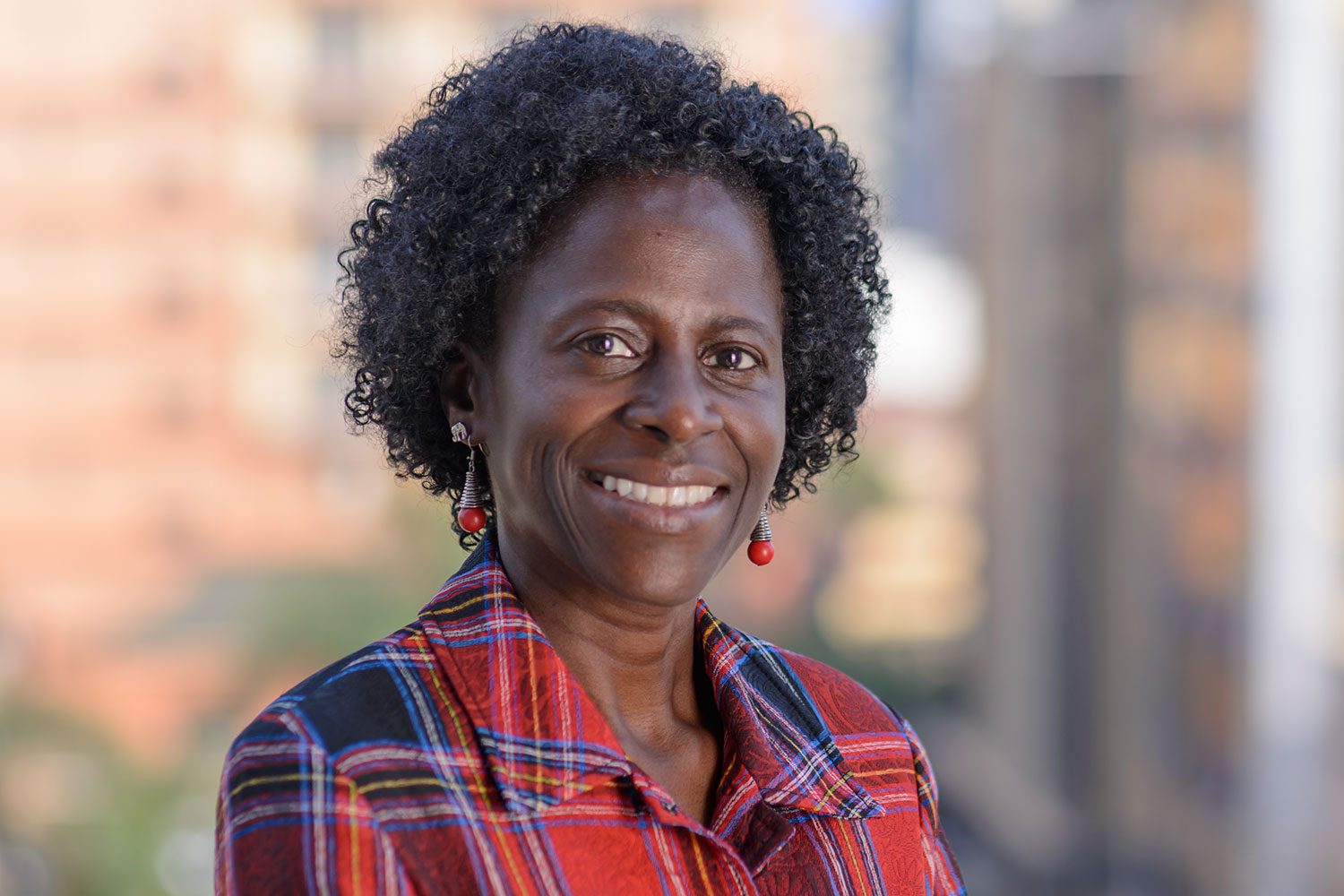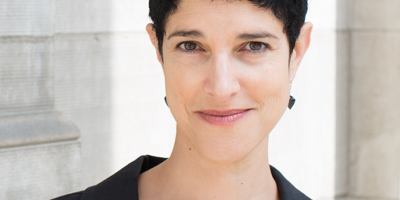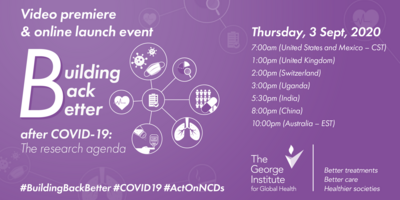
Olive Kobusingye, Distinguished Fellow, The George Institute for Global Health
Olive Kobusingye is an accident & emergency surgeon, injury epidemiologist, and published author. She is Director of the Trauma, Injuries and Disability programme at the Makerere University School of Public Health in Kampala, Board Chair of The Road Traffic Injuries Research Network, and co-founder of The Great Outdoors, Uganda.
Q. Can you tell us how you came to work in trauma and injury as a clinician and researcher?
In some ways I think that trauma found me. That may seem a strange way to put it but I grew up, went to medical school, and completed my surgical training during a time when Uganda was at war - we saw trauma on a mass scale.
What I first realised as a medical student and later confirmed as a doctor was that clinical decision-making that was accessible, effective, and of a high standard could turn a patient’s life around. The team based at the Accident & Emergency Department of Mulago Hospital in those early years of my training didn't have a lot to work with; we had limited technology and shortages of almost everything. While I was working there I saw first-hand that with strong professional judgement and good clinical acumen, lives could be saved and transformed.
I got into the research side of injury work to strengthen my clinical practice. While working at Mulago, I was largely unaware that trauma and injury represented a global health burden, only discovering this to be the case when I read about injury severity measurements used internationally. These measurement tools, however, were rarely useful in the context of our health system and patients.
So I started looking at ways of tracking the burden in our area by comparing the patient’s condition when they first presented with that when they were discharged, and reporting what we did while they were under our care.
Q. This marks you setting up a hospital trauma registry – the first in Sub-Saharan Africa. Why did you consider this to be so necessary?
Our team at Mulago started a very basic registry to answer the following questions: ‘How are our patients doing? How many have these types of injuries? How can we advocate, even at the hospital level, to have more resources coming to our department?’. The trauma registry path then led me into injury surveillance.
We found out that the World Health Organization (WHO) had some injury surveillance resources but, again, they weren’t applicable for many low- and middle-income country settings, including Uganda. To address this, I linked up with Margie Peden and other colleagues to review and develop these surveillance guidelines. This highlighted the importance of such systems; not just because they were helping me and the team in Mulago, but because there was a clear need from others across the world.
Q. Working in this field must have been hugely intensive. What kept you motivated?
A lot of trauma patients are perfectly healthy before they are shot, or are involved in a crash, or experience significant burns – the trauma – so, as a clinician, you have a lot on your side. Seeing the destinies of so many injured patients changed by good trauma care – from being seriously injured and likely to die, to being restored to health, sometimes within hours – was very motivating. Of course, many lives are tragically lost to trauma and injury, but many are saved. I’ve found that even with basic tools and equipment, if you have good clinical skills, it’s possible to make transformative change.
I also had the chance to learn from and work alongside some incredibly inspiring people. In New York, Dr Susan Standfast taught me injury epidemiology during my Master’s in Public Health. She was someone who really put the clinical circumstances I’d experienced in Uganda into a wider context and I further understood the scale of the global injury burden and the opportunities to make a real difference to peoples’ lives.
Q. You advise a range of policymakers on injury-related interventions at local, national and international level. Which level do you feel is most important in terms of impact?
I've had the privilege of observing closely and working at different levels. When I started out in the field of injury prevention, I founded the Injury Control Centre in Uganda. At that time we were especially focused on a multi-sectoral approach to injury prevention, so we established grassroots groups working with village health teams. I’ve also worked at the city level, looking at preventing injuries in Kampala, and I’ve been Regional Advisor to the World Health Organization, looking at what injury and violence prevention looks like across 46 African countries.
Evidently, there are different levels of awareness and response at each level. But my experience suggests that if national-level policymakers are not fully persuaded of a proposed injury-related intervention or initiative, then often what is being talked about internationally has little real impact - it just bounces off. Similarly, if you have very motivated stakeholders at a grassroots level who don’t have the support from a better-resourced group, then their efforts often don't go far.
In Uganda we have a wide variety of people who make, influence, or implement policy which represents a major governance problem – and a failure of leadership. For example, one of the nation’s biggest challenges is road traffic related injuries and deaths. We’ve presented data on this burden in various forums, aimed at getting policymakers to look at and confront the challenge – one that isn’t new to them. But no one has sufficient clout to bring the different sectors together (including those who manage the road networks, the health sector, local government, and the police) and prioritise the resource and financial commitment to such life-saving work.
Q. What injury and trauma research or policy is most urgently needed?
Many Ministries of Health continue to invest in more traditional areas of public health because that's what they know; for instance, they will prioritise infectious disease prevention and immunisation coverage with little thought given to the prevention of road deaths. One way to address this challenge is through influencing university curricula: with strengthened injury epidemiology programmes; more robust research into injury and trauma; and effective mechanisms to translate research findings into preventive measures.
Q. You’re also a published author. Can you tell us a little bit about your writing?
I’ve just published my second book, The Patient. It’s a story of patients, the people that look after them, and the systems in which these two groups exist. But it's also my story. I mean, I went into medicine aged 19 and here I am decades later, still dedicated to patients and answering the questions of: ‘how are we faring?’, ‘how are we helping?’, and ‘what more can we do?’. The Patient is central to what we do, and keeping people from becoming patients is what drives most of public health.
Q. What would you like to achieve in your role as a Distinguished Fellow at TGI?
It's a big privilege because it gives me a platform to share my aspiration of strengthening the field of injury epidemiology in low- and middle-income countries. I hope that in this role I can contribute to introducing injury epidemiology and injury research in more training institutions, and take it from the point where it is considered an interesting elective, to where it is a priority area of academic inquiry and policy action.





